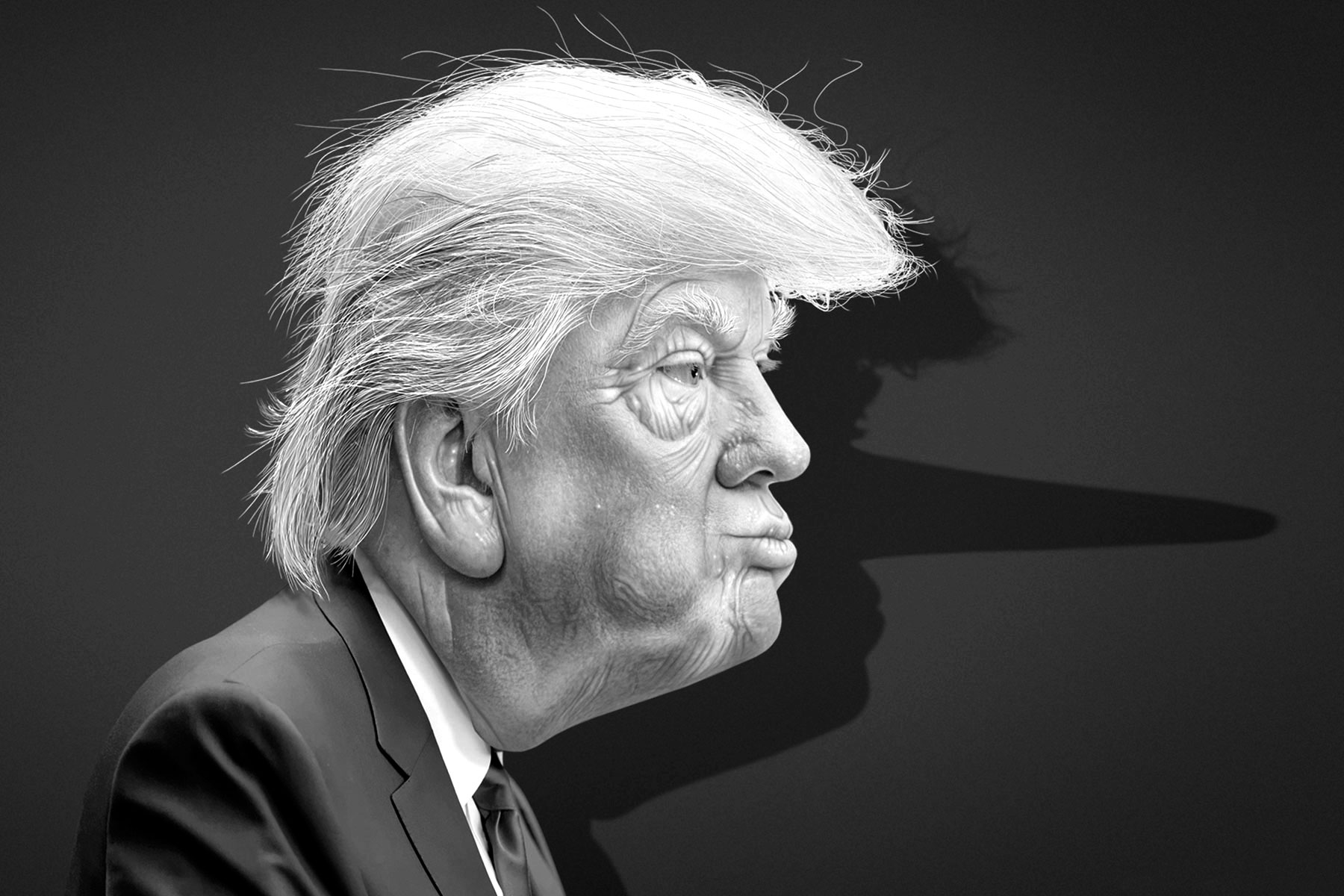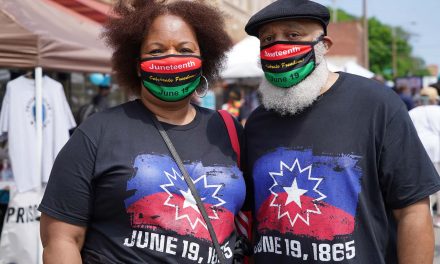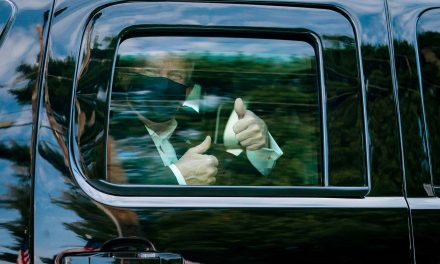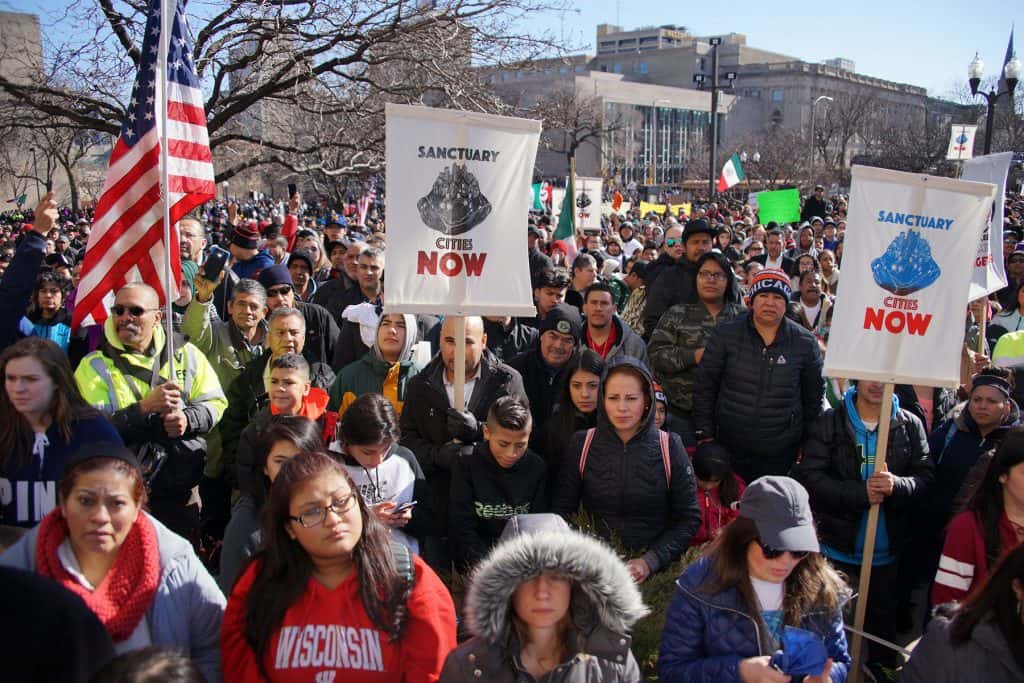
It has become painfully clear to the world that our President is racist.
Using words to describe his temperament is the first step to defining his condition. Hanging a label around his neck offers a type of relief that exonerates our personal anxiety about the situations surrounding him. But it does not address the lingering issues beyond Trump, that persist in a world where we see ourselves and others through the lens of comparative worth.
The toxicity of viewing another human as having less or more worth than another is nothing new. Even a superficial look through a history book or glance at any headline today, shows a snapshot of this behavior. Our society mimics this behavior of human value even within our own families and friends.
Over the years, people have typically used coded language and behaviors to disguise this type of ugliness. People have been routinely rejected because of the color of their skin, without directly saying so. That dynamic of clandestine racism changed when the shadow behavior became President of the United States, and subconscious prejudices becomes conscious and malicious actions.
The effect has created a new level of anxiety, across the country and in a segregated city like Milwaukee. The floodgates of racism are being pushed wide open, allowing hatred to spill freely into public conversation like an overflowing sewer. While some might argue that at least we now know, or can acknowledge without a doubt, that these feelings and attitudes have always existed, getting them out into the open allows our community to overturn a system of denial and move towards healing and resolution.
Except, it does not and cannot accomplish anything good or positive.
Instead of seeing Trump as symptomatic of a larger problem, our collective conscience has focused on him personally as the problem itself. This type of vilification allows for little systematic healing. The brunt of detest is focused on the person as an over-simplification. Personalizing Trump, by calling into question his mental health, his wife’s immigration status, his bullying personality, his daddy issues, and even his manhood – or lack there of – is a satisfying defense to cope with his behavior that we find upsetting.
During the 2016 election campaign, humiliating statues of Trump were erected showing a naked and non-erect Trump. They were sculpted to visualize a reaction by society to counter his overt behavior. He became the representation of a much bigger problem that we as a society created, how our own personal anxieties lead to complacency within an already unfair system.
The “I’m so pissed” feeling of internalized anger should motivate our anxiety for the need to change. However, instead of appreciating this anxiety as a healthy agent for change, we cope with this feeling by engaging in an anger-relief response mechanism of projecting disgust. This projection leads to the temporary relief of guilt.
Heightening this anger-relief euphoria comes from the expression of our revulsion in a public forum, such as social media. This same relief process becomes even more gratifying by giving people the moral high-ground justification of, “I am speaking up against this “racist, misogynist pig.”
This habit keeps us completely blind to our actions, that we are much more an inflammatory agent than we like to admit. Because anger that is not channeled into productive action does not do anything but complete a status quo of the misery cycle.
We would be better off by understanding that the shadow self of racism not only exists but thrives because of our denial systems.
To put it simply, we are triggered by certain things because they are a part of the suppressed shadow within us. This causes us to overtly point out explicit behaviors in others, as an unconscious defense mechanism of self.
Since much of this is so subconscious in nature, we engage in the behavior without real awareness that we are really feeding the machine. A small example can be seen in our media consumption of all the Trump related headlines.
Over the past couple of years, Trump has been at the center of national and international politics. While his Presidential popularity has been historically low, his headline popularity continues to skyrocket. Our insatiable consumption is being fed by mass media, social media, and books chronicling the dirty secrets about Trump. His tweets are retweeted as if they were seconds on a stopwatch.
At every level of our society, this action creates a bigger monster to yell about, while intentionally ignoring our own role in bringing into power this monster and its shadow.
I am an immigrant from an arguably “shithole” country by most Western standards. I do not see myself that way, but I do know that others might see me as such subconsciously. If we look closely, we can see our own shadow self and see the shadows in others.
K.M. Reeves presented “Racism and projection of the shadow,” which spoke about the Jungian concepts of the shadow and shadow projection to illuminate racism. Understanding this could help address the psyche behind racism within our society.
With the overexposure and overstimulation of our modern world, we must continuously address the unconscious shadows that exist within our own hearts. That way we can become a radiant agent of healing and wholeness.
For Milwaukee to become whole as a society means to become connected to the good and bad of both the persona we show and the shadow we hide. In Trump’s case, as the example, it is the shadow we dread.
© Illustration
Image by DonkeyHotey and licensed under CC BY-SA 4.0














